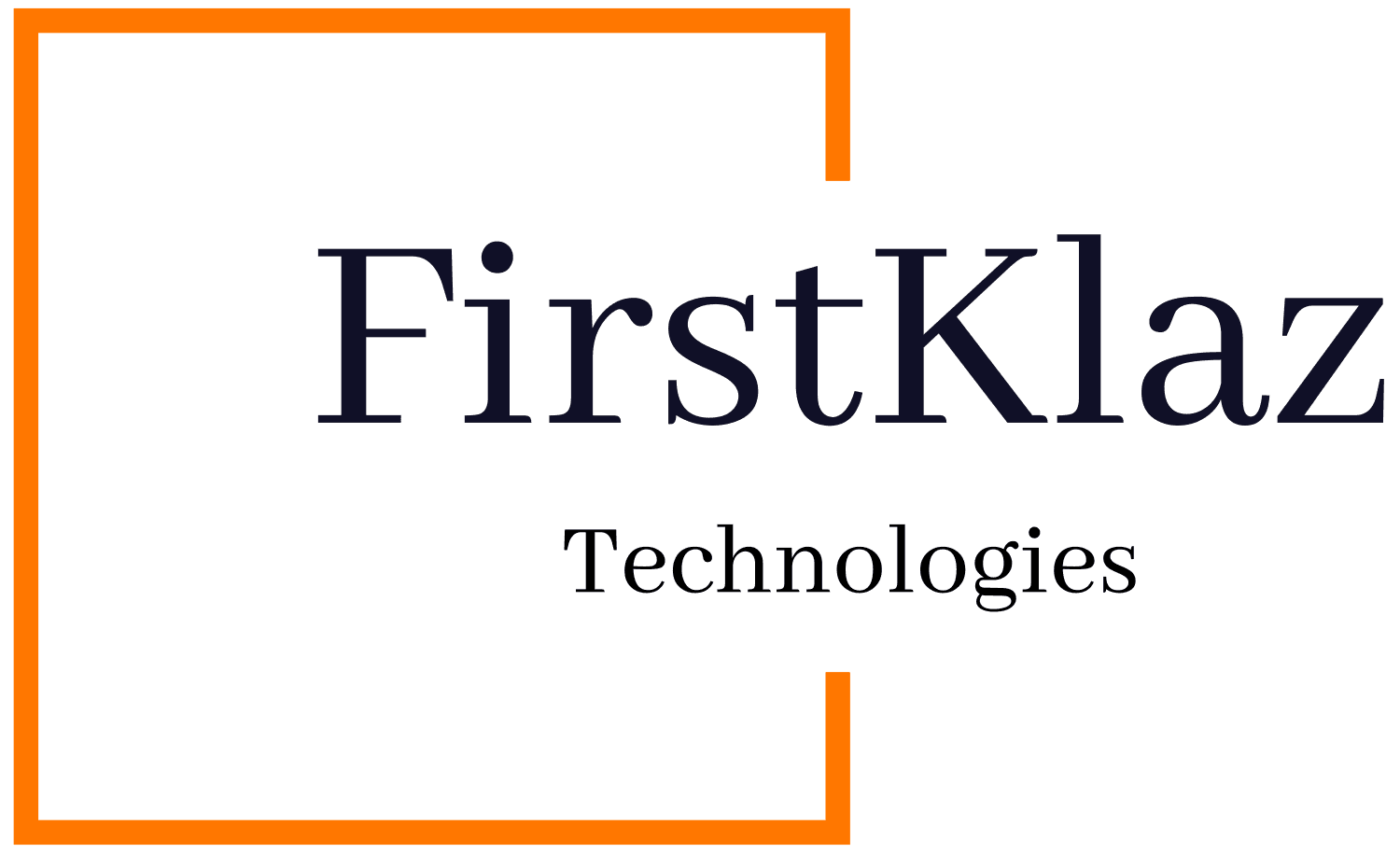The LO-CAT® process, developed by Merichem Technologies, is a patented, environmentally friendly, wet scrubbing liquid redox system designed to remove hydrogen sulfide (H2S) from gas streams. This technology converts toxic H2S into elemental sulfur, offering a sustainable solution for industries like oil and gas, biogas, petrochemicals, and wastewater treatment. Below, we explore the process, its chemistry, operational steps, advantages, applications, and environmental benefits.
What is the LO-CAT® Process?
The LO-CAT process is a liquid-phase oxidation technology that uses a chelated iron solution to oxidize H2S into elemental sulfur (S°) and water (H2O). Unlike traditional methods like Claus plants or chemical scavengers, LO-CAT operates at ambient temperatures, avoids toxic chemicals, and produces no hazardous byproducts. It achieves over 99.9% H2S removal and is ideal for sulfur loads between 0.5 to 20 tons per day.
How Does the LO-CAT® Process Work?
The process involves chemical reactions facilitated by a chelated iron catalyst. The overall reaction is:
H2S + ½ O2 → H2O + S°
This reaction occurs in two primary units: the absorber and the oxidizer. Below are the five key steps.
Step-by-Step Chemical and Operational Process
- Absorption of H2S
Reaction: H2S (gas) + H2O (liquid) → H2S (aqueous) + H2O (aqueous)
H2S is absorbed into the chelated iron solution in the absorber at pH 8–9, maintained by sodium hydroxide or potassium hydroxide. - Ionization of H2S
Reaction: H2S (aqueous) → H+ + HS⁻
H2S dissociates into hydrogen and hydrosulfide ions, preparing it for oxidation. - Sulfide Oxidation
Reaction: HS⁻ + 2Fe³⁺ → S° + 2Fe²⁺ + H⁺
Hydrosulfide ions react with ferric iron (Fe³⁺) to form elemental sulfur, reducing the iron to ferrous (Fe²⁺). - Absorption of Oxygen
Reaction: ½ O2 (gas) + H2O (liquid) → ½ O2 (aqueous) + H2O (aqueous)
Oxygen from air is absorbed in the oxidizer to regenerate the catalyst. - Iron Oxidation (Catalyst Regeneration)
Reaction: ½ O2 (aqueous) + H2O + 2Fe²⁺ → 2OH⁻ + 2Fe³⁺
Ferrous iron is oxidized back to ferric iron, regenerating the solution for reuse.
Process Flow and Equipment
The LO-CAT system includes:
- Absorber: Converts H2S to sulfur.
- Oxidizer: Regenerates the iron catalyst.
- Sulfur Filter: Removes elemental sulfur as a cake.
- Settler (Optional): Concentrates sulfur slurry.
- Pumps and Piping: Circulate the solution.
- Control Systems: Monitor pH and flow rates.
Key Features and Benefits
- High Efficiency: Over 99.9% H2S removal.
- Environmental Sustainability: No toxic chemicals, produces reusable sulfur.
- Operational Flexibility: 100% turndown for varying H2S loads and gas flows.
- Cost-Effectiveness: Lower OPEX than scavengers, lower CAPEX than Claus plants.
- Compact Design: Modular units for remote or offshore use.
- Reliability: Over 125 plants worldwide with 99% on-stream efficiency.
- Safety: Ambient temperature operation.
Applications
- Oil and Gas: Treating sour gas, amine acid gas, or offshore FPSO platforms.
- Biogas: Removing H2S for power generation or grid injection.
- Landfill Gas: Preventing corrosion in engines.
- Petrochemicals: Treating process streams.
- Wastewater Treatment: Odor control.
Example: PT Pertamina’s Mudi Field (1999) treated 11 MMSCFD of sour gas for power generation.
Environmental and Regulatory Considerations
H2S is toxic and regulated due to its low odor threshold (0.01–0.15 ppm). LO-CAT ensures compliance by:
- Achieving >99.9% H2S removal.
- Producing non-hazardous sulfur.
- Minimizing chemical and water use.
Challenges and Limitations
- Not ideal for very low sulfur loads (<0.5 tons/day).
- Potential foaming from hydrocarbon contamination.
- Higher CAPEX for small loads compared to scavengers.
- Chelating agent safety requires proper handling.
Comparison with Other Technologies
- Claus Process: High CAPEX, suited for >20 tons/day.
- Chemical Scavengers: Low-cost for <0.5 tons/day but generate waste.
- Biological Processes: Less flexible for fluctuating loads.
- Chemical Scrubbers: Produce waste requiring disposal.
Conclusion
The LO-CAT® process is a reliable, sustainable solution for H2S removal, offering high efficiency, environmental benefits, and operational flexibility. With over 35 years of success and 125+ installations, it meets the needs of diverse industries while complying with strict regulations. For more details, visit Merichem Technologies.
